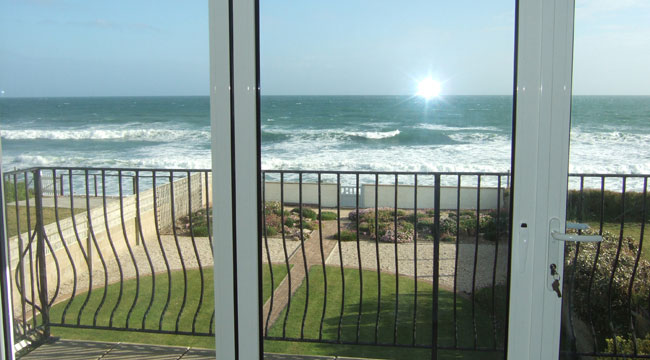Noise reduction laminated glass will reduce the noise by several decibels. Travel is increasing we are using more cars, trains and planes, so the unwanted sound is also growing. The need for sound reduction has never been higher. Every year more homes are considering how they can reduce unwanted noise. Pilkington has a product which disrupts the noise by changing its frequency. Varying the thickness of the glass and laminate distributes the sound waves and reduces the transmittance of noise.
Reducing sound – Noise reduction laminated glass
Bifold doors can have the right level of sound insulation. The best sound insulation glass uses laminated glass. Sound waves are reduced by using a special inner layer between the sheets of the laminated glass. The glazing thickness also is important. Varying the glass thickness also causes the sound waves to change direction every time this occurs the sound in reduced. The best way to reduce sound is to use a thicker laminate unit. Varying different thickness of glass in the makeup and an acoustic inner laminate.
Sound insulating glass in bifold doors reflect the sound towards the source and absorbs the noise within the glass.
Laminated Acoustic Glass
Adding laminated sound-insulating acoustic glass into a sealed unit will reduce noise and improve the insulation. To further improve the reduction in sound having a different thickness glass between the outside and the inside glass reduces the unwanted sound.
Vary the thickness to reduce sound
A different thickness of the glass on each side of the laminate will increase the benefit of the sound reduction. It is possible to reduce the sound by up to 50 decibels.
Noise reduction laminated glass
Entry level acoustic glass is 6.8mm the thicker the laminated glazing the better the noise reduction airports often use 25.8 mm laminated glass to reduce noise in the airport lounge.

